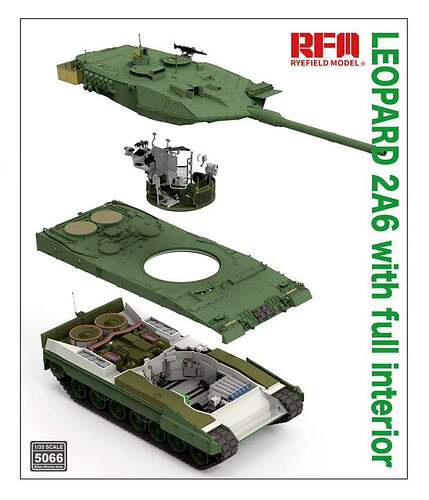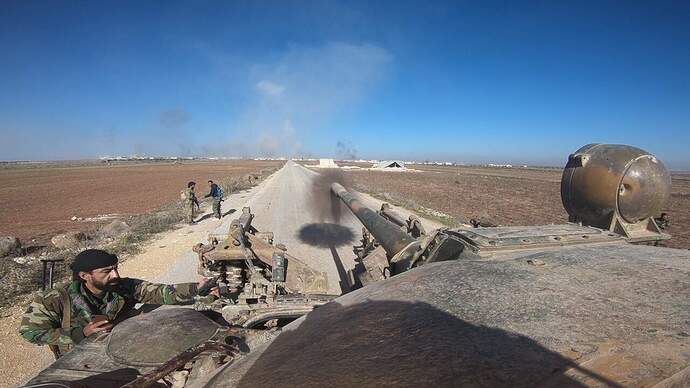Humans and sudden accelerations.
My line of work is to compile vibration risk analyses, primarily for rock blasting but also for other vibration sources.
Safe limits for a buildings are typically between 20 mm/s and 80 mm/s. This may seem to be a lot of movement BUT the movement only lasts for 1/160th of a second when it is caused by rock blasting
so the actual distances traveled are on the level of a human hairs thickness.
We usually set the limit at 70 mm/s for a wooden building since we don’t want to subject any tiled walls to too much shock.
The vibration speeds that actually cause proven damage are upwards of 100 mm/s, usually at the 200 mm/s level.
We humans react to vibrations on the level of 0.3 to 0.5 mm/s. The typical inhabitant of a brick building will thus react to a vibration which is 1/100th of the official safe limit for the building.
Colleagues who have experienced 70 mm/s say that they almost sh*t themselves, when we start hitting 200 mm/s it gets really scary, people can act confused and dazed afterwards.
Alrighty then, where does this bring us?
200 mm/s = 20 cm/s = 0.2 m/s
My calculations in the previous post said that the maximum speed would be in the 0.2 m/s range.
Presumably less.
The diatribe in this post aims at explaining why someone sitting inside a tank when the main gun fires may think that it feels as if the whole tank moved sideways a foot or so.
It didn’t, it moved a smallish fraction of an inch. It feels like it jumped but that is only because we humans are so dang sensitive.
Dennis: Please accept my apologies if I revived some high school trauma 

4 Likes
I will trust your math. On a M1, if your head is outside the hatch when firing you can get a bloody nose, happened to a number of M60 TC’s who tried the same technique. All the force is anchored with a 70ton vehicle, now with tank suspended all the force goes to the cables and boom. My thought was those booms can do ok up and down but side motion is more difficult to handle especially at 70t.
1 Like
Head outside of hatch will expose you to the blast wave.
Most of the pressure wave will go forward but I have no problems accepting that
a lot of it spreads in other directions so I can imagine that it will be sufficient to cause
a sudden and totally unexpected nose bleed.
If the nose is too close to the hatch frame I suspect that a sudden impact might be in the cards as well.
Even if the tank itself doesn’t rock more than an inch the flexibility of the human torso could allow the head to snap forward enough to whack a nose.
They do rock a little on the suspension and the blast wave raises a lot of dust:
Hay Pod, someone listened,
3 Likes
Hi Robin, fascinating discussion there… How about these two guys in front of and just to the left of the barrel…
They probably got their sinuses cleared 
1 Like
You could hide behind a berm or in a wide ditch, haul the tank up, fire and lower the tank back down. A Rube Goldberg solution.
1 Like
Kodiak announced by Border… AEV 3
1 Like
A colleague told me about his time in Swedish compulsory military service.
His unit was a 120 mm (4.72 inch) mortar company.
One of the loaders in his platoon had tried getting out of the exercise due to a severely blocked nose , sinuses blocked, the whole shebang.
They were shooting rapid fire so one loader dropped a grenade in while the other held his grenade at the ready beside the barrel. First shot went off with the muzzle two feet from his head.
The blockage in his sinuses was blasted all over the place, instant sinus deblocking …
I have to trust Robins Math’s as
- It went way over my head.
- My Math’s stops dead after 12 X 12 lol
However I do understand and also agree with what your saying Ryan…
A factor has to be the friction of the tank firing from a static firing point hard standing and it’s 70 ton weight. Also the fact that the driver will be in situ with the handbrake applied or the foot brake if he is on a fire and manoeuvre shoot.
I have seen a Chally 1 roll back about 2 to 3 feet on firing when said dumba*s driver forget to apply the handbrake. The only reason it stopped was track friction on the hard standing and the driver waking up and using foot brake.
I also think (although I don’t know why or how) the turret over the side will have an effect with stability as a 100% stable gun platform on a tank is firing gun front or gun rear…
2 Likes
Does anyone know of any manufacturers make the Bergepanzer BPz3 in 1/72 ?





